|
Today I welcome children's author, Elizabeth Cummings to the blog to chat about her latest book, Rain Shaker, and her series, Vertyville. What has been your greatest influence in your writing? Was it your childhood experiences, or something else? My parents - they read to me every day and took me every week to our local library. Mum always kept a journal and insisted we did too, especially on holiday! We were always expected to write thank you letters at Christmas and birthday times and to also send our grandparents letters throughout the year. I was always close to my grandparents perhaps that is one of the reasons why! I also took part in drama groups and enjoyed storytelling with my sister and we spent hours making up little plays and then preparing ‘shows’ (including ticket sales and refreshments!) that we got our family to attend. You’ve studied Psychology. Has this influenced the type of stories you write? Absolutely - my first book was a mental health narrative about a sibling’s perspective on eating disorders. I have written about family illness, trauma and recovery and about bullying. I am currently working on a story about parental depression. (In fact, Elizabeth has written a whole series called, The Elephant in the Room. This series 'deals with tough health and wellbeing issues through the eyes of a young child. The purpose of the series is to help explain difficult health topics to younger children who made be going through tough times within their families as well as to empower them in seeing their role in the whole recovery process.' You can check out the series on Elizabeth's website.) You’ve written a number of books in the Verityville series. Why did you write this series? It’s a series that celebrates local people in my town and in a wider sense is a series that seeks to encourage gratitude for those who help us in our daily lives. I love hearing the stories behind the stories. The inspiration. What are the stories behind these particular stories from Vertyville? Wow! Great question! Well, at the moment there are six main characters who feature in each of the picture books: Audrey is a real person - she is a dear friend and is actually trained as a hairdresser but became a lollipop lady so that she could fit her work hours around her children’s schooling. She is so kind and her funny stories about what happened on the school crossing gave me the idea to write the book; The Sweetest Lollipop in the World. The Garbage Guy is about my friend Chris who worked for the council - cleaning the beach and the streets. We would go running early in the morning on the days he didn’t work and I would hear all his stories about the pollution he saw and the careless way people disposed of their rubbish. I got to know lots of his colleagues and they were always so friendly and helpful. I began to really notice all the good they did in their daily work and wanted to share these concepts in that book. Mrs T is a real teacher - she taught my daughters and had a great way of motivating the children and making them feel special. She’d go through their work with them and get the student to draw a ‘tick’ with the tip of a pencil case that looked like a pencil. Then she’d get them to shade over it in coloured crayon, and low and behold, tell them that the magic was in them as the tick showed through the colour. We were reminiscing about these happy days and so the idea of sharing this gorgeous story grew into the rhyming narrative Mrs T and the Magic Pencil! The story Brave and Strong All Day Long is once more about a local person. Fiona is one of the lifeguards at my local beach. She is such a positive female role model and over the years we have chatted about surf safety and her journey into the male dominated career of a professional lifeguard. The stories about gender-based bullying and her determination and resilience struck me so naturally, she became a focus of my imagination and desire to share her back story. Hair Magic is based on my hairdresser and also my grandmother’s hairdresser. I have witnessed how much a hairdresser does beyond the actual cutting of hair - the conversation with lonely older people, the support for those going through hair loss in their chemotherapy treatments, the happy experiences of having one’s hair styled in a new way or for a special occasion and the impact a hairdresser can have on making people feel good. The Girl on the Road story is based on all the women we see now working on building sites. Where I was younger, I used to live in Glasgow and I would have to go to school in the city. I would pass lots of building sites and I would feel scared as there would often be workers shouting out at young women walking alone and so to see women accepted in this sector is not only a wonderful thing in terms of gender equality, but also I have heard from those in the industry that the construction workplace is a far safer, more inclusive and friendlier place since women have been encouraged to be part of the workforce. Do any of your characters become afraid? If so, what do they do to help them face their fears? Yes, my young sailor in The Very Bad Thing is afraid. They are at sea and stuck in a storm surrounded by THE VERY BAD THING. The Very Bad Thing causes the sailor much distress and fear as well as a sense of self-doubt as they wonder what they have done and why the Very Bad Thing is happening to them. During the story, the sailor calls for help and discovers that, with help, The Very Bad Thing is less powerful, and so the sailor journeys on in the new knowledge that they can go on and be safe beyond the reach of The Very Bad Thing. The message of this story is that help is there even in the darkest of times. It is a gender-neutral story and The Very Bad Thing is not named so the readers can apply the message and the ideas to their own experience and interpretation. There is also a surfer boy in the picture book Brave and Strong All Day Long who is caught in a rip and is scared. He is lucky as Fiona is there to rescue him and save the day! Your new book, Rain Shaker has just been released. This is a bit different to what you’ve written before. What prompted this story? Well, it’s a little different as it does not deal with mental health nor does it focus on real people, however it does centre on important conversations and finding a way to be empowered. So, there are some synergies… The trigger to write Rain Shaker came from the many conversations my children had about the weather with their grandparents overseas in the UK and Northern Ireland. They used to joke about how unfair it was that all the rain was over there and that here in Australia we were having droughts and needed rain! There, the little seed of an idea for this book was born. The driver for taking this concept through to publication comes from my passion about the natural world and our responsibility for its future. Do you have a favourite story/book/ character from any of your own books? Oooooh - a tough question! They are all my favourite characters. The one I admire the most is Fiona the lifeguard as she is so strong and has been resilient in the face of gender-based bullying, as well as reaching the top levels of achievement in women’s surf sports. I find her strength and bravery inspiring. My new heroine - Erin- is a favourite too, as she is dynamic, innovative and full of self-belief. Her personality reminds me of my sister Lucy, my niece Cerys and above all, my daughter Heidi, all who are so creative and strong in their sense of self and their conviction in taking action about things that are important to them. Three fun facts about Elizabeth: I have run 5 marathons I hate my toes being touched! I love snorkelling! You can find out more about Elizabeth on: Her website and on Facebook: Elizabeth Cummings This interview was organised as a part of the ‘Verityville’ book campaign with Books On Tour PR & Marketing. If you've enjoyed this post, feel free to like, comment, and/or share.
If you'd like to keep up to date, feel free to subscribe to my extremely irregular Newsletter.
0 Comments
Velvet, Valentine and Vanilla Bean are sleeping out in their treehouse when leaves rustle and branches scrape. "Fox claws," Velvet whisper-shouts. What can the bunnies do to protect themselves? How do they work together to scare Foxy-Foxy away? With wonderfully bright illustrations by Naomi Greaves, Go Away, Foxy Foxy is a beautifully told tale of how working together can solve a problem. Today I'm chatting with Karen Hendricks, author of her picture book, Go Away, Foxy, Foxy. Hi Karen. What inspired you to write Go Away, Foxy, Foxy? My pet rabbit called Thumper, that I adored as a child was one source of inspiration. He slept on my lap and drank milk from a baby’s bottle. He was a very smart bunny. This got me thinking that the biggest threat to a bunny is a fox or a dog. You guessed it, for my story I chose a fox. Then the idea for balloons in the story was inspired from being a teacher and children made paper poppers to flick and pop! They made super loud noises. And as a child I always wished I had a treehouse and I finally got one in my story. That's the fun thing about being an author. You can live your dreams through the pages of a book. How long did it take to write this book? This story has been worked on for four and a half years. Every time I thought it was done I put it to bed but I couldn’t give up on it. The bones of the story stayed the same but I always believed in this story. Haha! I know all about that. What did you edit out of this book? That’ s easy peasy! I originally had paper poppers in the story and I changed them to balloons. How do you select the names of your characters? One of my favourite things is name selection. I play around with names a lot. Vanilla Bean was inspired by vanilla ice cream. Vanilla is my favourite flavour and then the idea came to have the other names start with a V too. Velvet is a soft fabric that is strong. Valentine is meek and mild and this name came from Valentine’s Day. What was it like working with your illustrator? The illustrator Naomi Greaves, created the visual narrative herself. I was surprised and delighted by her illustrations and they do pop. Most of all they work with the words to tell the story beautifully. The story narrative is deliciously layered with Naomi’s bright vivid illustrations. How does your book help children face their fear? It shows children that although they are small it doesn’t mean they are powerless. Problems can be solved and challenges overcome with team work that recognises each individual’s talents with creativity. That's all so true. Have you ever been afraid? What happened and what did you do to face your fear? I have been afraid many times. I hate people sneaking up behind me because as a child I was hit by a car from behind in an horrific accident walking home. I am terrified of hospitals and dentists and germs because of health things that have had me hospitalised. I face my fear by taking a deep breath and just getting on with things and not overthinking. It sounds like it has a lot to do with controlling your breathing, and controlling what you are thinking about, and how you are thinking. Great tips. What do you hope children will gain from reading your book? There are so many things I hope children will gain from reading my book, but if I have to choose…
What's your next project?
I have my second picture book Feathers coming out in two weeks, so that is going to keep me busy. I have another picture book story that I want to put some polish to. I write lots of stories but finding a gem is like finding a needle in a haystack. That all sounds exciting. What’s your favourite place to write? This is tricky - on the lounge, the dining room table and our local coffee shops. Three fun facts about Karen: I love flying foxes, carousels, dodgem cars and rollercoasters. I have lots of random ideas that sometimes turn out to be such fun things to do. I like being with me and travelling and exploring, but I love home more. Go Away, Foxy Foxy is available in selected book shops and online from https://daisylanepublishing.com and Booktopia for $18.99 (soft cover) and $29.99 (hard cover) You can find out more about Karen on: Her website Facebook: Karen Hendricks Childrens Author and on Twitter. This interview was organised as a part of the ‘Go Away Foxy, Foxy’ book campaign with Books On Tour PR & Marketing. Today, I welcome Science fiction and fantasy author Carolyn Denman to the blog and we're chatting about her exciting and unique Sentinels series. Megan: Hi Carolyn. You completed a Bachelor of Science at the University of Melbourne and then came to the awkward realisation that you didn’t want to do research in a lab for the rest of your life. You then found work in the finance industry. How have these helped you in writing science fiction and fantasy? Carolyn: I studied science because it interests me, not because I had any particular career goal in mind. Given that evolutionary ecology was one of my favourite subjects, perhaps it was inevitable that my curiosity about the Garden of Eden went a little too deep! Let me be clear – I have no definitive answers as to how much of early Genesis is poetry or metaphor (or a history of the planet told in a format that could be easily passed down as spoken story from one generation to the next), and how much is literal. My passion is simply that those stories are there for us to explore and perhaps even learn from. As for my experience with finance, I guess it helps me to avoid the cliché of the starving artist! More or less… Megan: When did you discover that you were a writer of fiction? And what drew you to science fiction and fantasy in particular? Carolyn: I’ve been obsessed with reading speculative fiction ever since Elyne Mitchell led me to it using books about horses (sneaky). My dad and brother were great role models for me too. They had a pretty good collection of books for me to lose myself in. Not once did I ever think I’d end up writing. Not until a few years ago. My eldest daughter is to blame for inspiring me to give that a go. I had no idea it would be so addictive. Megan: I love that you’ve set your series in Australia. I’m writing a sci-fi novel set in Australia too as our country has such an amazing country with a rich and varied landscape. Why did you decide to set your series in the Wimmera region? Carolyn: At first I tried to write the story without referring to a particular place at all, which worked fine until the story left the country town it was set in. Then it just became confusing. Besides, I decided that if I was setting it in Australia then wherever it was, there would have been traditional custodians of that land. So which nation would I acknowledge? In the end I decided on a general region, mostly so I could pay my respects. I hope it’s clear that I was not trying to hijack anyone’s history. Megan: I love hearing the story behind the story. What was the inspiration behind the series? And did you intend it to be a series when you started to write it? Carolyn: When I started to write it, I’m not even certain I intended it to be a whole novel, let alone a series. I had a few scenes in my mind, and then the characters just kept talking to each other and wouldn’t shut up until I wrote out their conversations. And then they started asking questions about their past, which I had to answer. Honestly, Lainie can be like a dog with a bone sometimes. That first draft of Songlines took me about six weeks to complete. It probably would have been even faster if I hadn’t had to keep looking up how to write prose correctly. Then when I wrote that last page, I just kept going. I could hardly just leave everyone where they were, could I? Megan: What research did you have to do for the books? Carolyn: Other than googling what dangling modifiers were? (Being an avid reader did not mean I knew how to structure a sentence well). I did ask a heap of questions every time I met anyone who had ever lived or worked on a commercial farm. There is always more to learn about farming. And always more stories about growing up on one! Last year on holidays I started chatting with a man in the café at the Hobbiton movie set. He mentioned he’d just dropped in to help with the shearing, so I grilled him on all sorts of local sheep disease questions. It was only at the end of our chat that he mentioned he was the property owner. Yes, he was the one who (many years ago) answered the door to a man who wanted to know if he would consider letting a film crew in to shoot a movie. Boy had I been asking the wrong questions. He seemed so pleased to be asked about his sheep for a change, though. Megan: What prompted you to intertwine the various belief systems? Carolyn: I guess that really stemmed from intertwining my Christian beliefs with my ecology studies. I don’t believe they need to contradict each other, and I have a deep respect for a creationist belief system despite not following it myself. There is no ‘science vs religion’. Science is simply a method of enquiry. It doesn’t ‘verse’ anything. Neither does religion. And neither do I believe that religions need to compete with each other. To write a story about Christian beliefs set in Australia and ignore an Indigenous perspective would have been inexcusable. On the other hand, their stories belong to them. They are sacred. Eden is also a sacred story, and that’s something I felt I could speak about. Perhaps if Christians can comprehend why stories of Eden should be kept hidden, then we can also understand why other stories might also be hidden for good reason. Megan: Good points. Is there ever a time in the course of your series where your main character, Lainie, is afraid? If so, how did she overcome her fear? Carolyn: That’s an interesting question which is addressed more in the final book. Lainie has some different instincts to other people. That’s one of the reasons Cherubim need Guardians. She doesn’t get easily daunted by physical danger, but she does fear things. Fear has many different faces. She fears loss and failure very keenly. She fears letting people down. Ultimately she has to overcome her fears the same way we all do. Firstly, she needs to recognise them, and then try to put things in perspective. Ironically, she also needs to learn to trust her instincts. Megan: Are you working on any new stories at the moment? Carolyn: I love getting stuck into fresh writing, but I also know that when I do I need to put aside almost everything else for a while until it’s done. Otherwise the pace of the story really gets lost. My newest series is a post-singularity time-travel romance. A very rough draft of the first book is done, and book two is calling to me. Getting my teeth stuck into it will be a lovely reward for all the other work I need to do to get the Sentinels series out into the world. When that day comes, could someone please feed my kids from time to time? Megan: What advice do you have for anyone thinking about writing a story? Carolyn: Start with the parts that excite you the most and don’t worry too much about how everything will fit together. Yes, you will probably end up throwing out a heap of good writing by not planning it all out first, but if you let yourself enjoy the writing process then that time will not have been wasted. Every sentence you write helps to improve your craft. And you never know what gems you’ll stumble across when you free yourself up to just ‘create’. Three fun facts about Carolyn Denman:
Author bio: Carolyn lives on a hobby farm on the outskirts of Melbourne with her husband, two daughters, and her parents. The fact that she always has at least three of her pets following her around at any one time in no way means that she is the fairest in the land. They probably just like her taste in music. As well as writing stories for Aurealis and Andromeda Spaceways magazines, Carolyn is also the author of the YA Australian fantasy series The Sentinels of Eden. Songlines, Sanguine and Sympath are available now through Odyssey Books and all the usual online bookstores. The final book in the series is due for release early 2019. If you've enjoyed this post, feel free to like, comment, and/or share.
|
Though I did not have much to do with my Pop, and my Nan died when I was a baby, their art was always around, inspiring me that maybe someday I could do the same. My parents separated and later divorced when I was 13. And, as my father was violent, we had to go into hiding. Though in years later I did meet up with my dad and have a small amount to do with him, it was not a lot and he no longer was doing any art. He has since passed away.
My big breakthrough with both my art and my writing (which I thought I was all good with) came when I picked up a copy of, The Artists Way by Julia Cameron at the beginning of this year. It was first published in 1992 and, as Ali Stewart has so aptly put it in her recent blog post, Three Important Insights from The Artists Way, ‘with umpteen reprints, several spinoffs, and numerous nips, tucks, and facelifts, the perennial title continues to unstick stuck creatives.’ It has certainly unstuck me.
So, what was it that unstuck me and helped me overcome my fears? A lot of hard work and commitment for the full 12 weeks of The Artists Way program, and committed to stretching and challenging myself ever since, that’s what. Each week of The Artists Way program, especially at the beginning, you have to work through questions and activities to find what is keeping you stuck. I was amazed how the very act of WRITING an experience down and seeing it black and white could unblock something within. Do it! It will amaze, shock, and surprise you.
For me, it was a combination of having my classmates laugh at my stories. I was a shy kid with very poor self-esteem. Looking back now I can see that my stories were funny. At high school, I would write stories straight out of left field and have a totally different take on the assignment. This also caused my classmates to burst into laughter and for me to wish I could just sink into the floor and disappear.
My art was different. I had one great art teacher for three terms in year eight. But, the rest of the time my art teachers were interested in Abstract Art which I hated. I wanted to learn to draw and paint nature, people, and animals. As I said at the beginning, I couldn’t get past the ‘yuk’ stage. I didn’t know how.
About five years ago I got hold of Drawing on the Right Side of the Brain by Betty Edwards. This was my first breakthrough. Going through the exercises and then trying to draw later I was amazed at the difference. As you can see below, there is a remarkable distinction between the two drawings.
In The Artists Way there is a section of affirmations. One spoke to me and has made one of the biggest impacts. I can nurture my artist. Up to this point, because I felt my artwork was no good, I didn’t need to invest time and/or money on courses or good materials. Oh. My. Goodness. The change that happened when I gave myself permission to invest in good quality paints, paint brushes, paper, liners, as well as online courses was incredible.
So, what did I do after The Artists Way?
I drew. I painted. I continued to take myself on Artists Dates. I spoke with illustrators like Giuseppe Poli and Katrin Dreiling and picked their brains. You can read what they told me here and here. With Giuseppe’s encouragement, I joined the 52 Week Facebook Illustration Challenge and started putting up my work online, not just in that group but everywhere on my social media pages.
My illustrations aren’t great. But, the very act of having to come up with a new piece every week is a wonderful discipline. These were my Artist Dates as well as going to the art store for art supplies. And I can see the improvement already. I often sit in amazement of what I just completed. I also signed up with Skillshare and started taking Nina Rycroft’s illustration courses, as well as any other courses that I felt could help me learn how to use the different mediums.
For me, putting up my art on public display is about conquering my fear of not being good enough and feeling afraid of never measuring up. I have changed my thinking. I no longer compare myself to my friend Ester, who is an amazing artist, and an incredible illustrator. Nor do I compare me to anyone else. I am me. I look at the world differently to anyone else. I am discovering my own style. And, most of all, I am having fun. I experiment all the time. I now compare myself to myself and how far I have come in such a short time.
And do you know what has surprised me the most? This release, this freedom I have found in my art has found its way into my writing. I play with words. I have fun with them. I have fun in my stories. I especially noticed this in the Sci-fi/fantasy novel I just finished. I had an absolutely thrilling time writing the last part of my novel. Each time I sat down I felt exhilarated.
As for my art, I have signed up to take Nina Rycroft’s illustration Masterclass e-course. And my friend Ester is taking it with me. We’ll be doing it together. How cool is that?
So, what about you? What can you do to become all that you can be and start understanding your fears, overcome those that hold your back?
- Identify your fear and have a good look at it. Is what you afraid of going to hurt you, or put you into danger? If yes, I can’t help you and you need more than this blog post can provide. (I’m not making light of your situation. I’ve been there.) If the answer is no…please continue.
- Write down where you think these fears stem from. It could be a childhood incident. It could be more than one and is still impacting you today.
- Work through that incident. What did you think and feel about it at the time? What was really true about it? How do you feel about it today? Write it all down.
- What can you do to challenge yourself creatively to get yourself out of your comfort zone, and also, what can you do to play? Then go ahead and do it!
- Do something new each week. Or it could be the same activity but stretch yourself a little more all the time. For example, the first week you may go to an art store and buy yourself some art supplies. (Or it could be the $2 shop depending on budget). The next week you could actually draw and paint. The next week you could watch a YouTube clip and try out some of the painting or drawing techniques. Or you could check out your local Neighbourhood Learning Centre and learn rope art, or glass blowing, or sculpture.
- Ooo. Did I say play and have some fun.
- Put your work out there. You never know where it can lead.
Valerie Khoo is now getting commissions for her rope art AND her artworks. Katrin Dreiling has just had her first book come out. It’s written by Michelle Worthington and illustrated by her. It's called, The World's Worst Pirate.
As for me, people are liking my illustrations and watching my journey. One day, I will realise my dream and write and illustrate my own picture book.
You can find out more about Julia Cameron and her book: The Artists Way
Betty Edwards has a website. Find out more here and read her book and do the exercises. It’s amazing.
I am not a counselor. If you need expert help, get it, please.
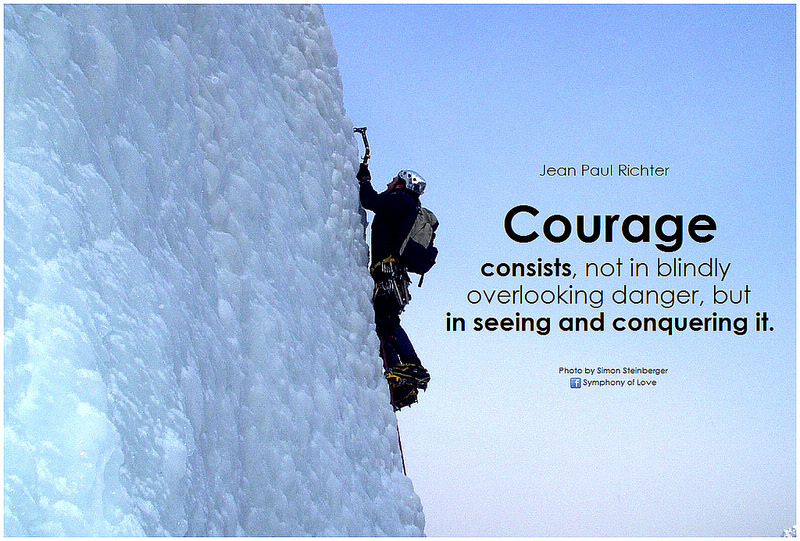
I am is someone who has had first hand experience of fear, and overcoming them.
I had the typical childhood fears. I was absolutely certain that there were monsters under my bed. I didn't tell my parents. For years my mother wondered why I slept right in the middle of the bed. I mean, that was the only spot that the monsters hands could not get me.
I was afraid of the dark and the things in the dark. I was afraid of the monster that lived in the toilet pipes. I could him rattle and bang around in there. I was always waiting for him to grab my butt. (Though, living in Queensland, it would have been a big green frog that would have touched my butt).
I grew up in a household with an alcoholic and abusive father, where everyday I lived in fear. I was kicked out of home at sixteen and lived on the streets. Fear kept me alive and I survived. In the past few years, living with a chronic illness has it's own unique set of fears that I must face daily.
To quote Aristotle, "Courage is the first of human virtues because it makes all others possible."
So what do I do?
- I acknowledge that I am afraid and what I am afraid of.
- I take deep breaths and try to focus on what I can do.
- I endeavour to manage my stress and to exercise.
- I practice courageous acts: I do things that I don't think I can (eg. I went to the Philippines on a Mission Trip with my church while in the middle of our winter. I was afraid that I wouldn't be able to walk much, I was afraid as it was my first time overseas and my daughter and I went a day early).
- I make myself face the things that I am afraid of, over and over again.
- I focus on the good things, the things that give me hope, meaning and purpose.
Children can do these things also to overcome their fears, one step at a time. Then they too, can live a courageous life, as can you.
Author
On my blog you will find:
I'm passionate about helping people overcome their fears and live courageously.
I love to share as I learn.
I have dyslexia.
I share what it is like living with a chronic illness, Fibromyalgia, and learning to live in the moment and enjoy my life.
There are writing tips from my Writers' Group, Dribbles and Scribbles, as well as short stories that my friends and I have written.
I am a qualified Youth Worker and Education Support Worker. I am a Member of the Australian Society of Authors.
The content on this blog is information only and the author is not liable for what you, the reader, do (or not do) with that information.
Categories
All
Aspergers
Author Interviews
Authors
Author Vist
Books
Book Store
Bullying
Childhood Fears
Competition
Dyslexia
Fibromyalgia
Fun Facts
Goal Setting
Guest Blogger
Illustration
Illustrator Interviews
Illustrator Visit
Inspiration
Interview
KidLitVic2017
Mood
Overcoming Fear
Raymund And The Fear Monster
Reading
Reviews
School Visit
Stories
Successes
The Beginning
Writer's Conference
Writing
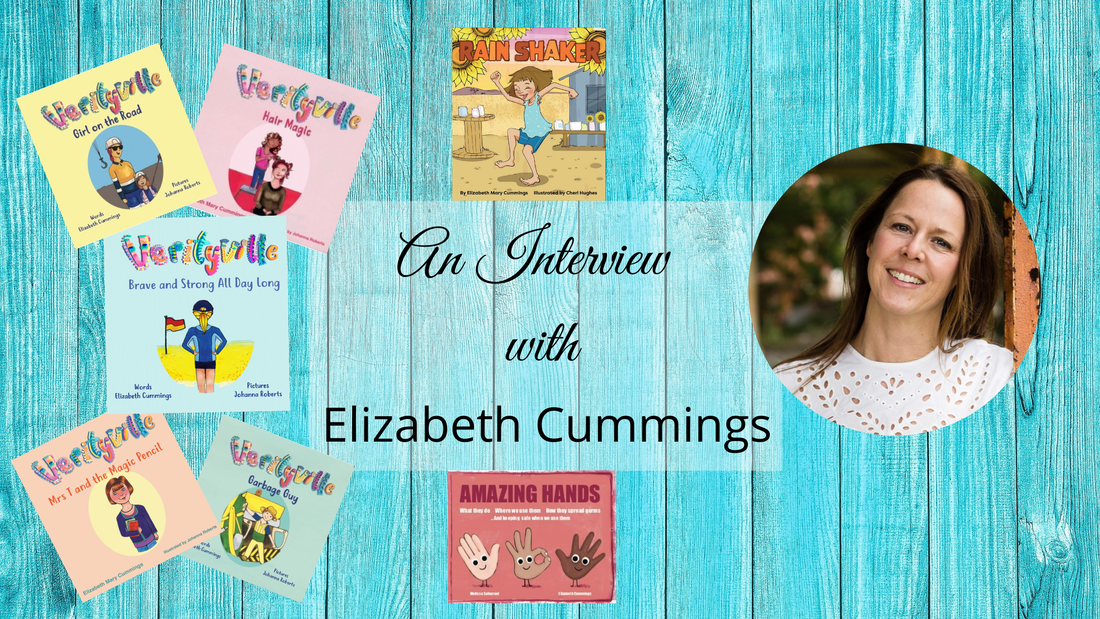
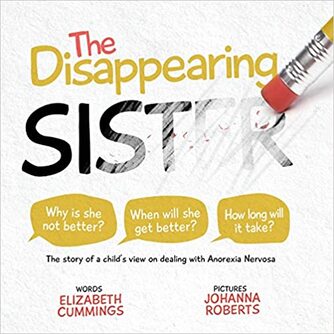
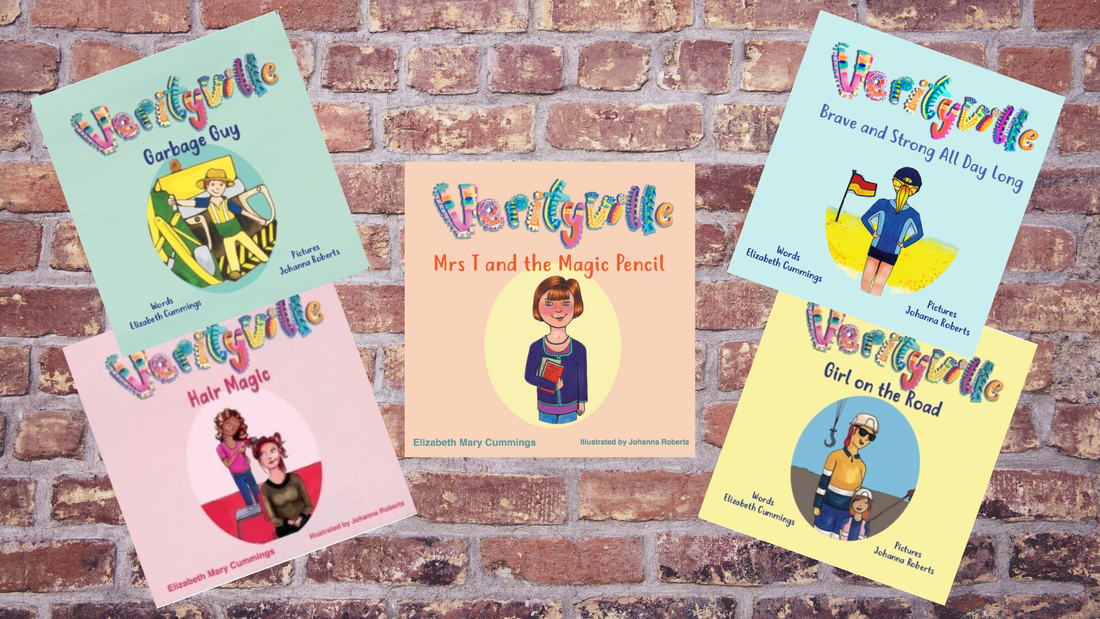
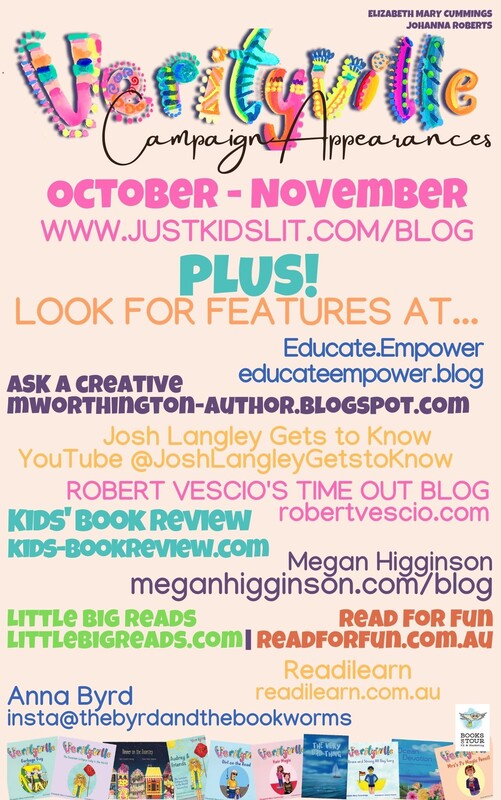
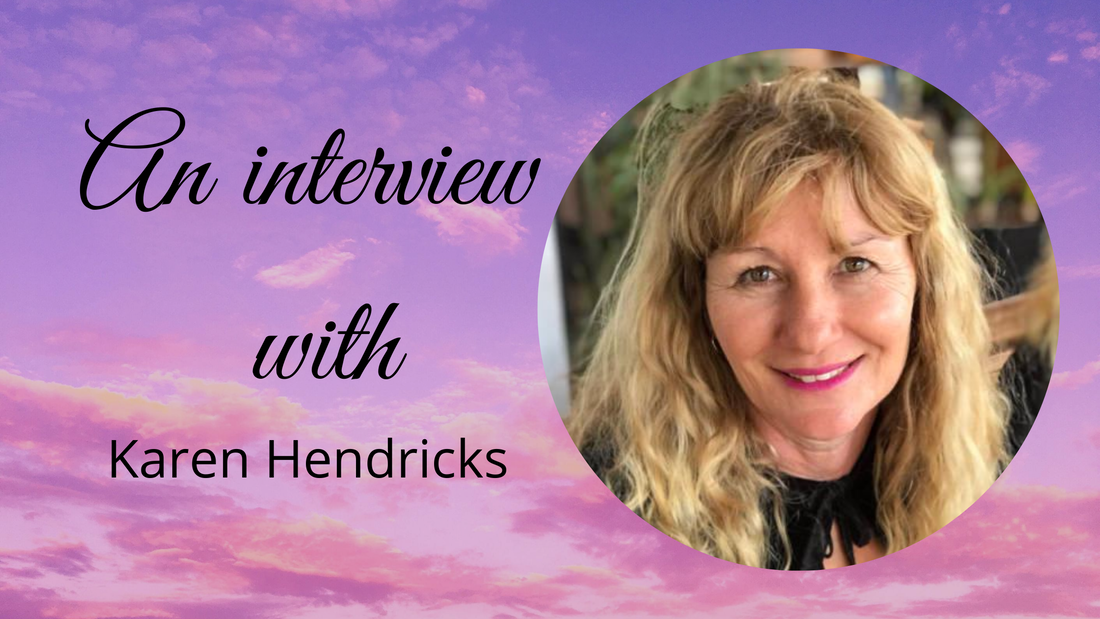
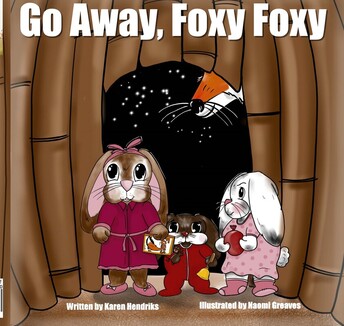
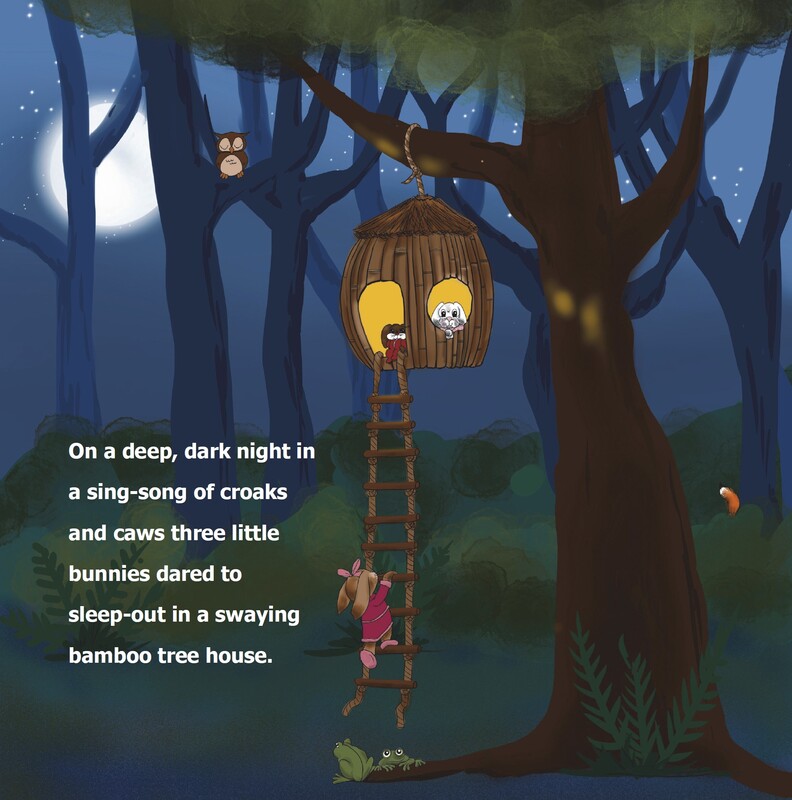
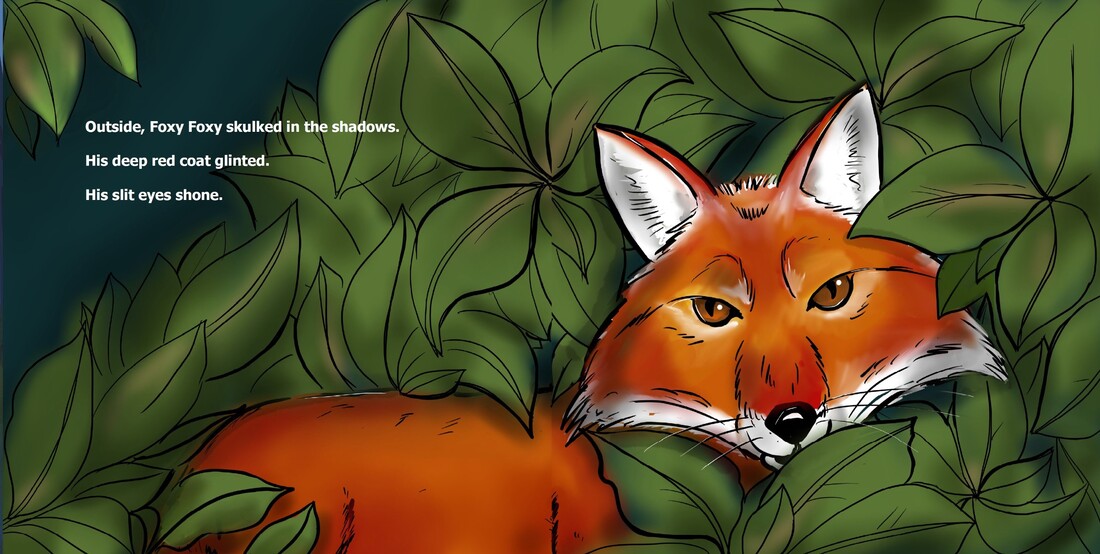
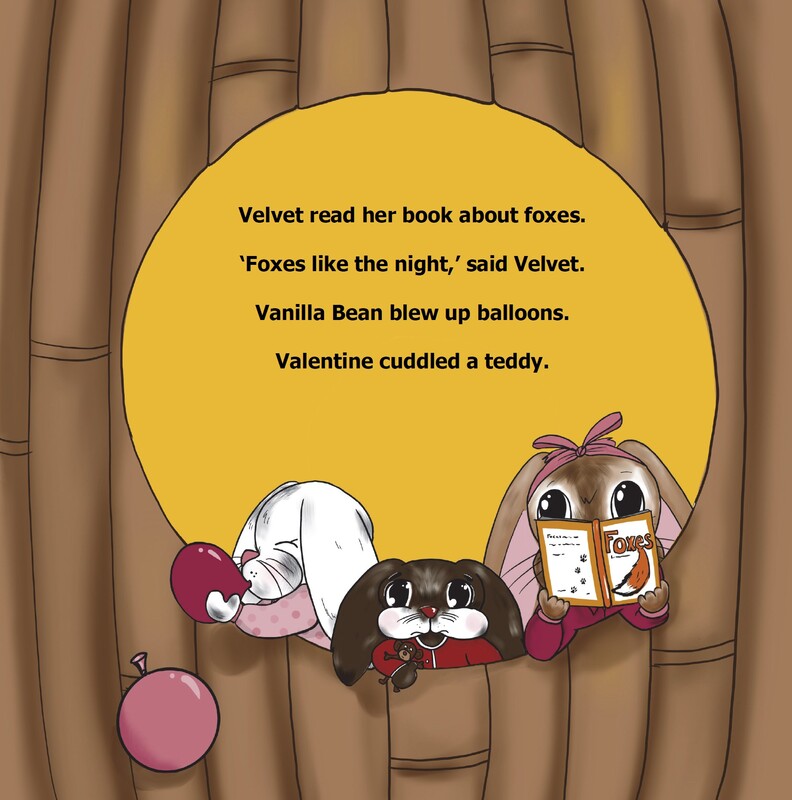
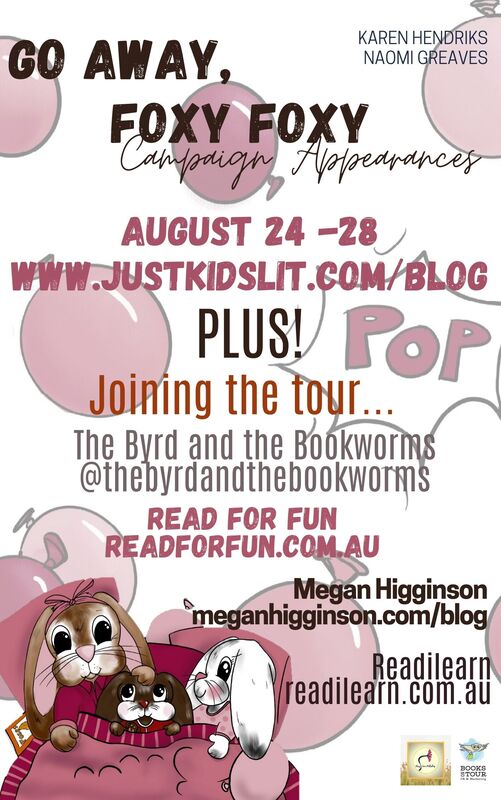
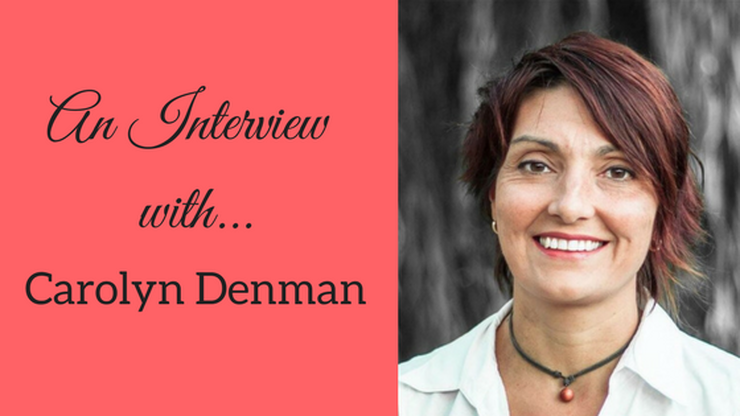
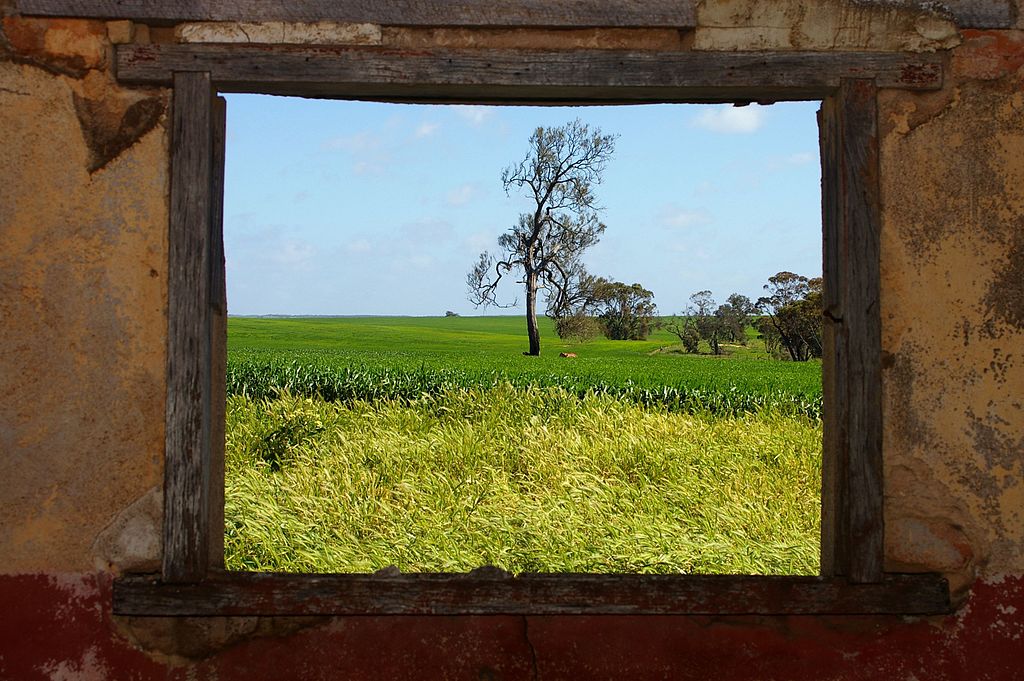
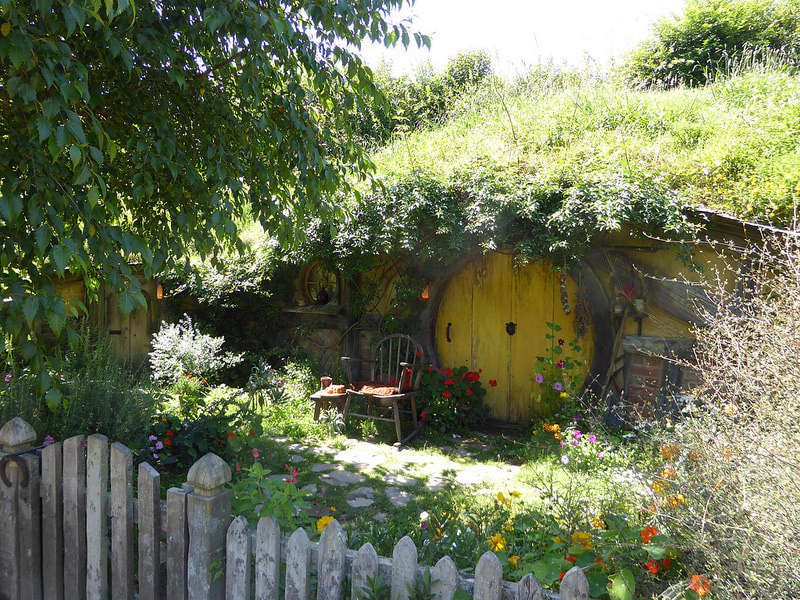
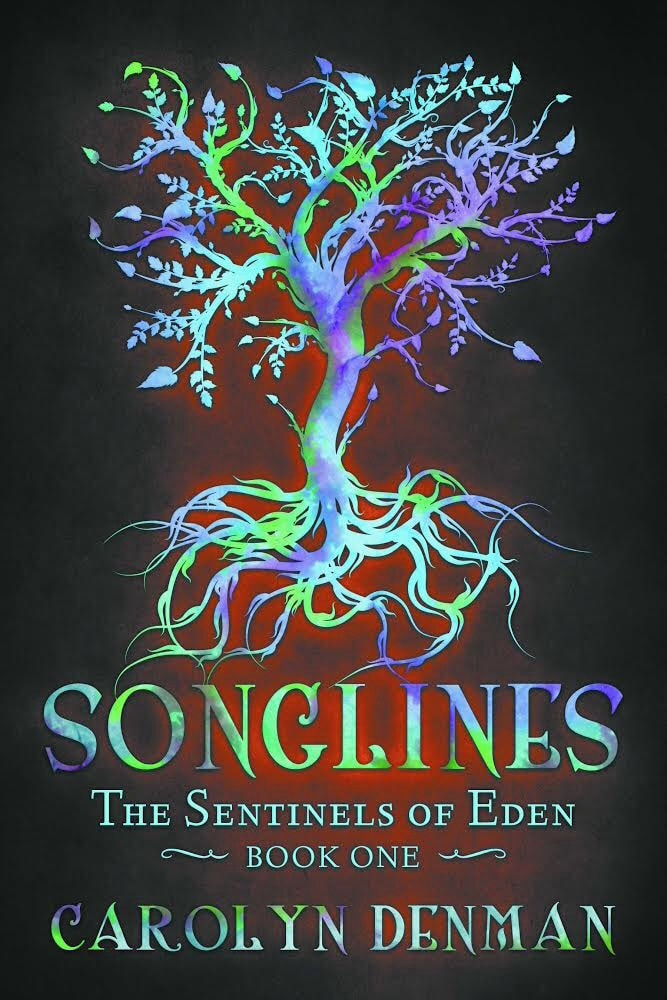
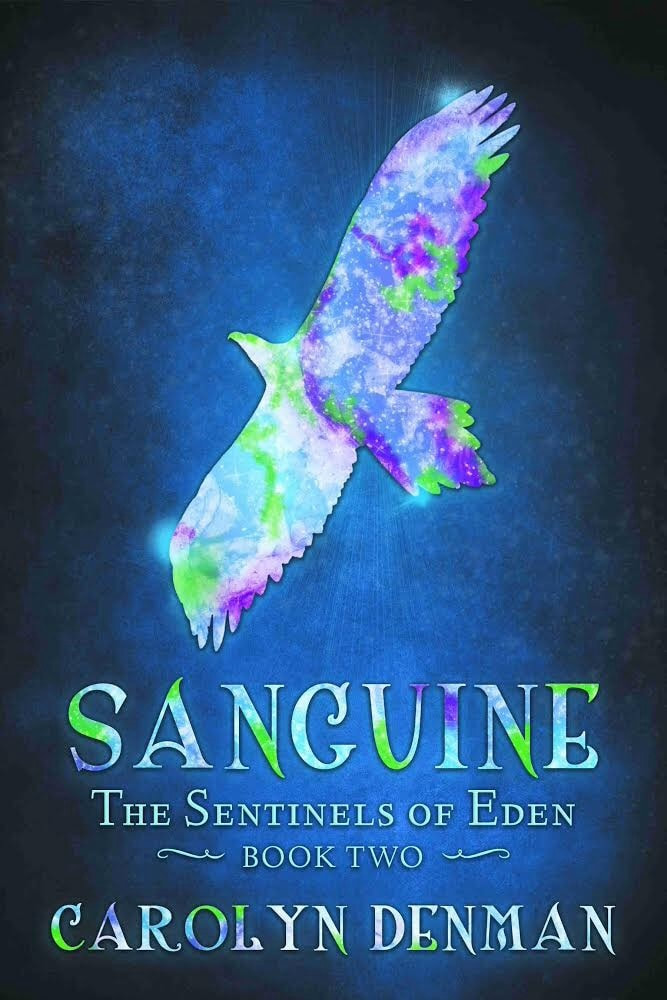
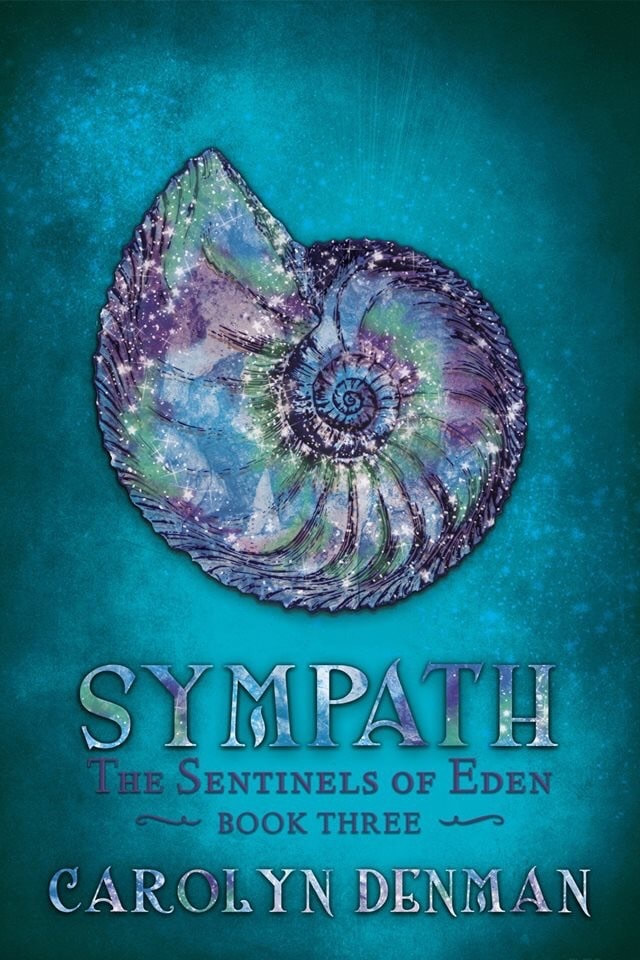
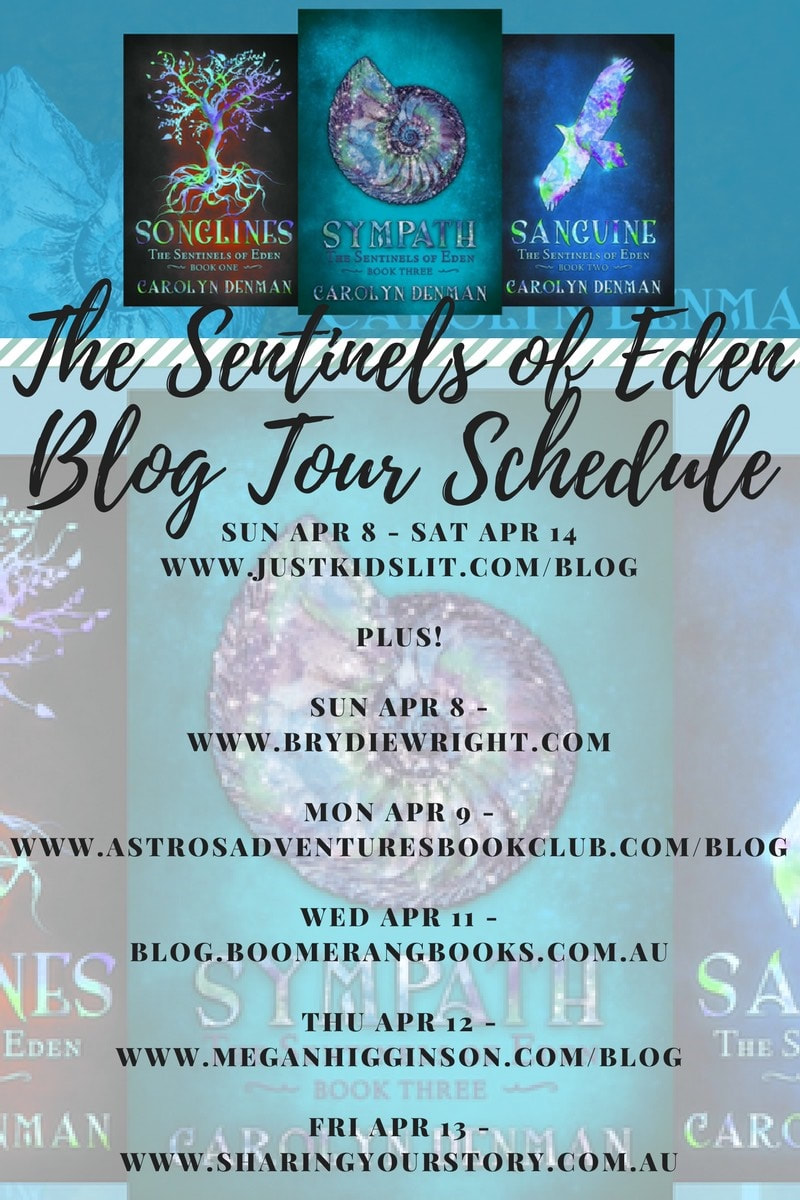
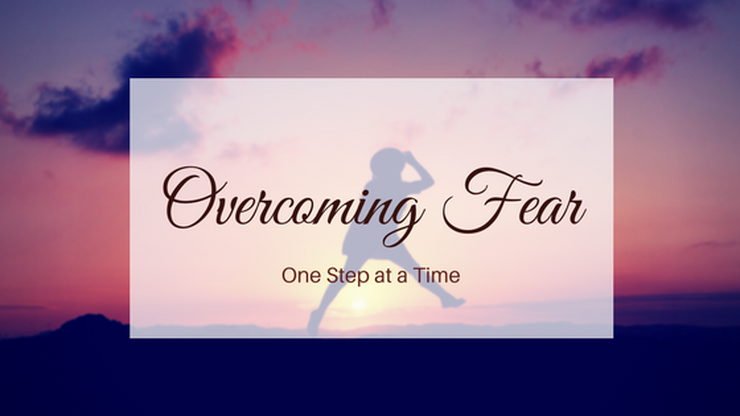
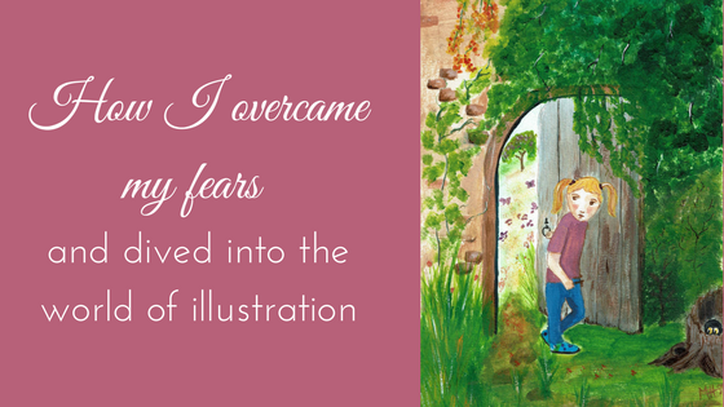
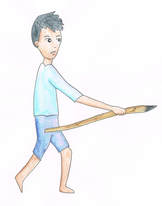
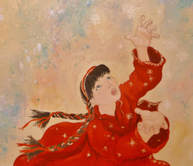
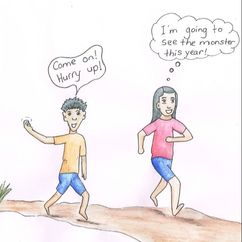
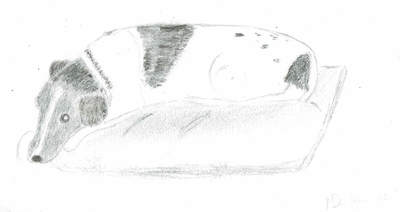
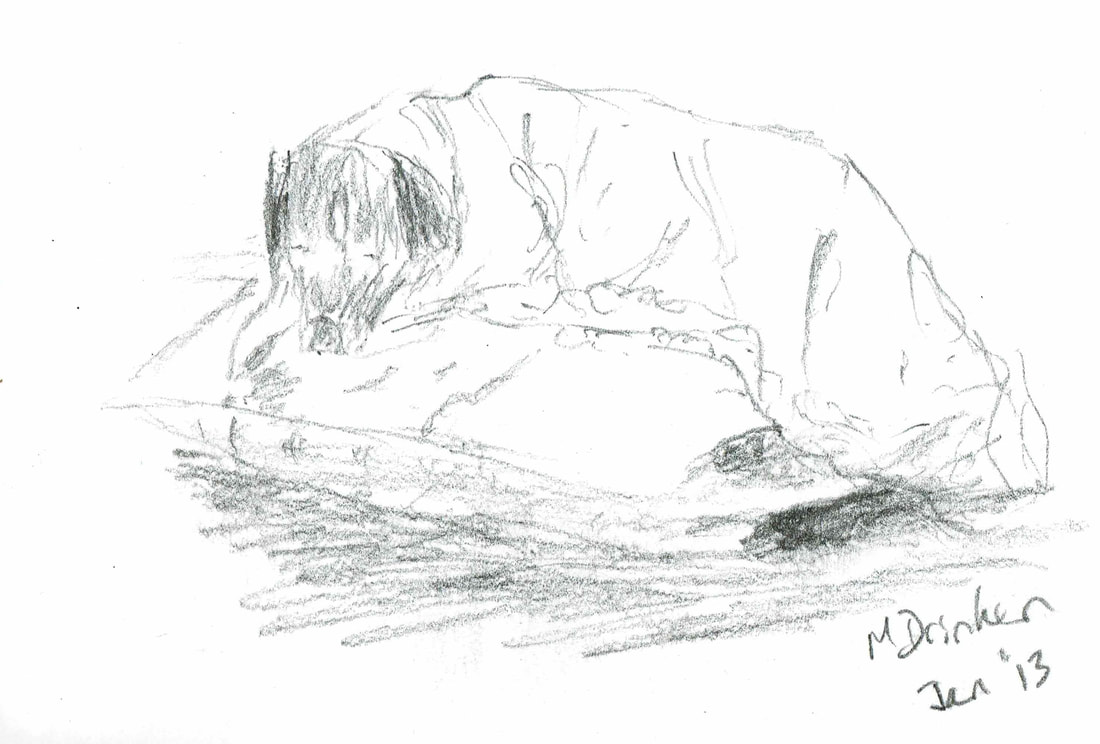
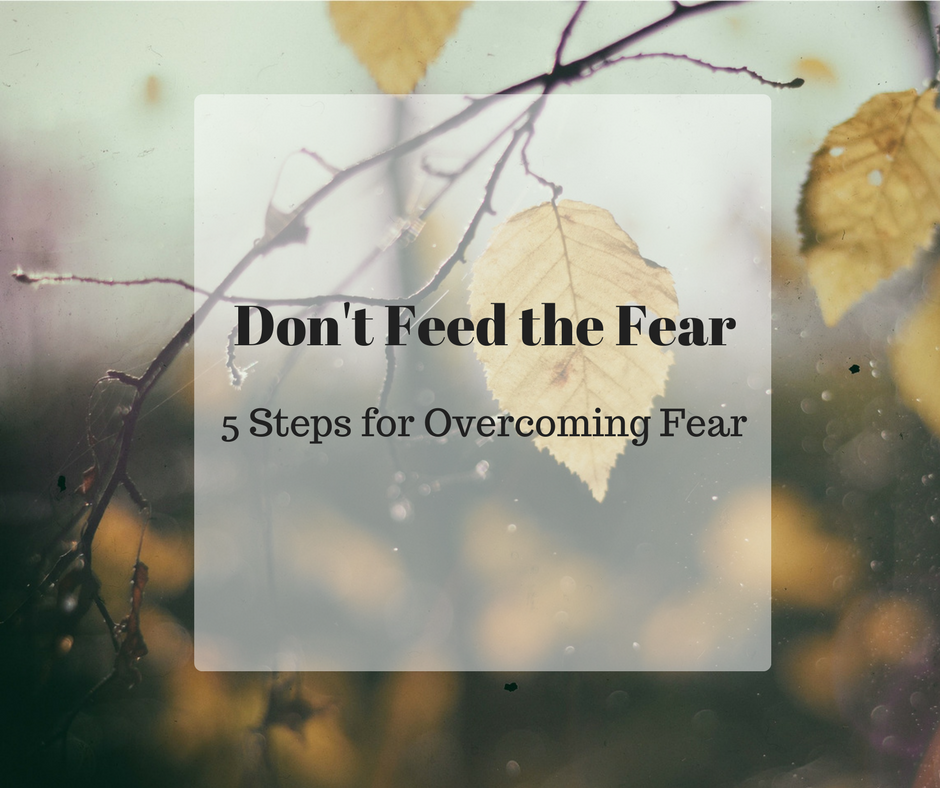
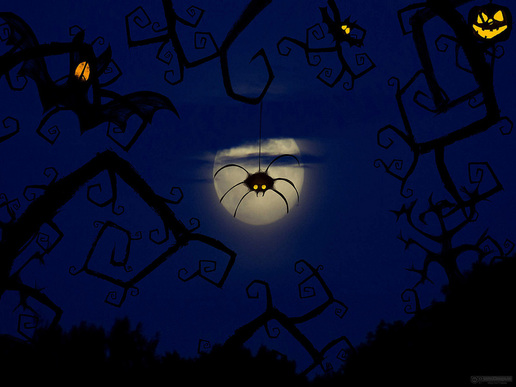
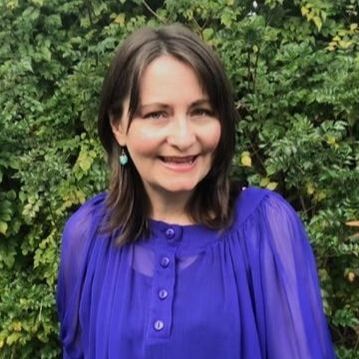
 RSS Feed
RSS Feed